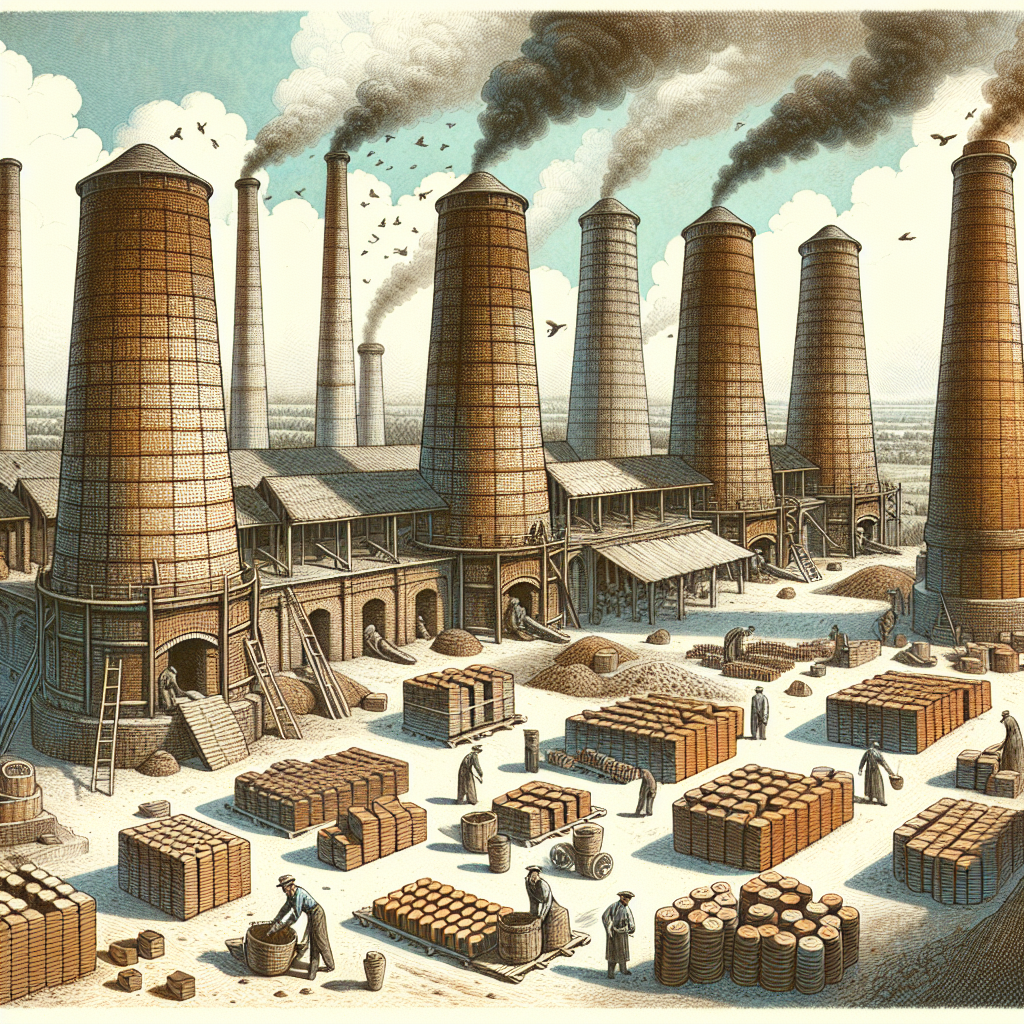The End of the Clay Kiln Era: Bangladesh's Pollution Battle
Bangladesh's plan to close thousands of clay kilns to reduce pollution risks leaving one million migrant workers jobless. Though the government promotes alternatives like concrete, workers fear losing their income. Calls are growing for support systems to aid displaced laborers during this green transition.

In Bangladesh, the government is targeting more than 8,000 clay kilns in an ambitious effort to curb air pollution, a move that has sparked concern among the workers who depend on these kilns for their livelihood.
The kilns, which operate throughout the dry season, employ a workforce of roughly one million individuals from across the country. These laborers, often involved in poorly paid and hazardous work, worry that shifts to more environmentally friendly materials such as concrete blocks will impact their income.
Economists and policy analysts emphasize the need for a supportive transition. As Bangladesh embraces sustainable practices, consideration for the socio-economic effects on displaced workers remains crucial.
(With inputs from agencies.)
ALSO READ
Navigating the Blue Economy: Thailand’s Vision for Marine Spatial Planning Success
Surging Global Capability Centers to Bolster India's Economy by 2030
China's Leaders Vow to Tackle Competition, Stabilize Economy
French Economy Outperforms Expectations with Q2 Growth
French Economy Surpasses Expectations with 0.3% Growth









